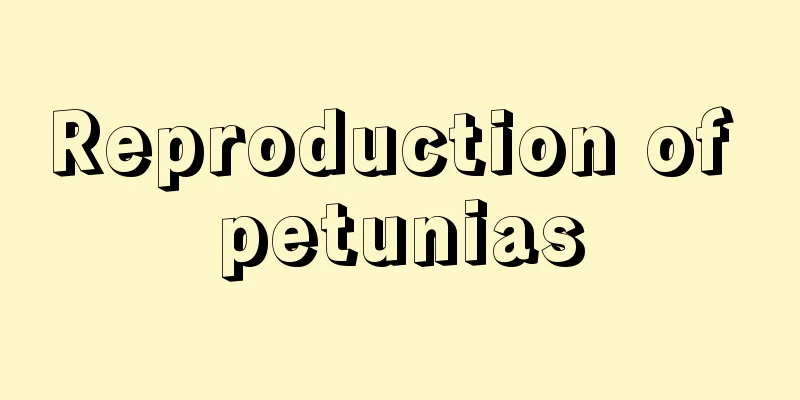How to grow cymbidium and what to pay attention to

Cymbidium orchid growth habitsCymbidium orchid prefers a climate with warm winters and cool summers, high humidity and strong light, the growth temperature is between 10℃-25℃, the growth temperature is between 10℃-30℃, the temperature difference between day and night is above 8℃, and the suitable temperature for flowering is between 8℃-15℃. If the temperature is as low as 2℃-3℃ for a long time, the flowers will suffer from frost damage, the flower buds will turn yellow and will not be able to open. Light requirements for cymbidium orchidsLarge-flowered Cymbidium has high requirements for light. Sufficient light must be guaranteed during the growth process. Once the light is insufficient, adverse phenomena such as short plants and reduced flowering will appear. If there is insufficient light in winter, artificial light can be supplemented. Cymbidium orchid growth temperatureCymbidium orchid likes warmth, and the suitable temperature for its growth is between 10 and 25 degrees. The temperature in winter is above 5 degrees. The temperature in winter is very cold, so the plant needs to be moved to a warm indoor place for maintenance. Cymbidium orchid cultivation method1. Light: Large-flowered Cymbidium requires long-term light, but the direct sunlight in summer can cause it to suffer from sunburn, so proper shade is needed. In winter, it should be placed in a sunny place for a long time. 2. Soil: Cymbidium orchids are suitable for growing in fertile, loose, well-drained acidic soil. If prepared, it is best to choose fern roots, mosses, etc. as the growth medium. 3. Watering: Cymbidium has good drought resistance. In addition to watering in summer, you should also spray water on the leaves, which can effectively reduce the temperature and increase humidity. In addition, you should reduce water during the flowering period to avoid the flowers from getting sick and growing brown spots. 4. Fertilization: Except for applying less or no fertilizer in the seedling stage, Cymbidium can be fertilized with dilute fertilizer water once every 10 days during the growing period. Generally, fertilizer is applied once a week in spring and summer, 2-3 times a month in autumn, and fertilization is stopped in winter. Choose compound fertilizers such as nitrogen, phosphorus, and potassium. More potassium fertilizer can be applied in autumn. Watering CymbidiumCymbidium is afraid of waterlogging. If there is waterlogging, the roots will easily rot. It is best to water them in the morning, because if you water them too late, the water will not evaporate completely and water will easily accumulate at the roots. In winter, the soil in the pot should be slightly moist, not too dry. Fertilizing CymbidiumIt is best to use a fertilizer with a nitrogen, phosphorus and potassium ratio of 1:1:1 during the growth period of cymbidium orchids. The amount of phosphorus and potassium can be increased during the flowering period. The fertilizer solution needs to be diluted before use and its pH adjusted to 5.8-6.2. Cymbidium orchid pruningWhen pruning cymbidium in spring, you can cut off the tender buds on the top of the cymbidium to promote its branching growth. In summer, you can cut off the branches and leaves that grow too densely to improve the ventilation capacity between the plants. In autumn, you can cut off the branches and leaves that grow poorly to make it more beautiful. Cymbidium orchid cuttingsFor the propagation of Cymbidium orchid by cuttings, you need to cut thicker and tenderer branches about 8-12 cm long, cut off the excess leaves on the branches, leaving a few leaves on the upper part. After the branch cuttings are completed, it is best to place the potted plants indoors and keep the temperature at around 20 degrees. Precautions for the maintenance of cymbidiumThe pests of cymbidium are generally mites, spider mites, etc. Once the disease is serious, the leaves will turn yellow and the plants will gradually rot. You can use insect killer or trichloroethane to spray behind the flowers and leaves to prevent and control mites. |
<<: How to care for azalea bonsai and what to pay attention to
>>: How to cultivate red lucky charm and what to pay attention to
Recommend
Reasons and solutions for bougainvillea leaves to wilt, turn yellow, and fall off
1. Causes 1. Too weak light: Light is crucial to ...
Which month is the best to sow loofah?
Loofahs are usually planted in summer, and they b...
The azaleas at home always shed leaves. Learn to understand the root problems and you don’t have to worry about it anymore.
Some azaleas will bloom in winter, so many flower...
How to grow and what to pay attention to when growing peace trees
1. Light requirements To grow peace lilies indoor...
How to water potted Oncidium
1. How often should you water? The principle of w...
How to make the fairy finger bloom on New Year's Day
1. Flowering period of Immortal Finger The fairy ...
Cultivation methods and precautions of winter vegetables
1. Maintenance methods 1. Temperature: The germin...
Is it better to use a large or small pot for the succulent Jade Butterfly?
Should I use a large or small pot for the succule...
How to prune tomatoes to get more fruits (teaching you several easy-to-learn topping methods)
I have quite some practical experience in tomato ...
What are the cultivation methods and precautions of laurel
Introduction to Laurel Laurel is a plant of the g...
How to grow Begonia in autumn
Growth habit Begonia is a flower that is afraid o...
How to plant baby's breath
1. Prepare the soil When planting baby's brea...
Cultivation method of soft-branch yellow cicada
1. Maintenance methods 1. Temperature: The soft-b...
How many sunflowers do you usually give as a gift? What does sunflower mean?
1. How many sunflowers do you usually give? Diffe...
The long-lived Christmas cactus, using this kind of soil, will quickly sprout flowers!
Use it to plant Kalanchoe, and the buds will appe...









